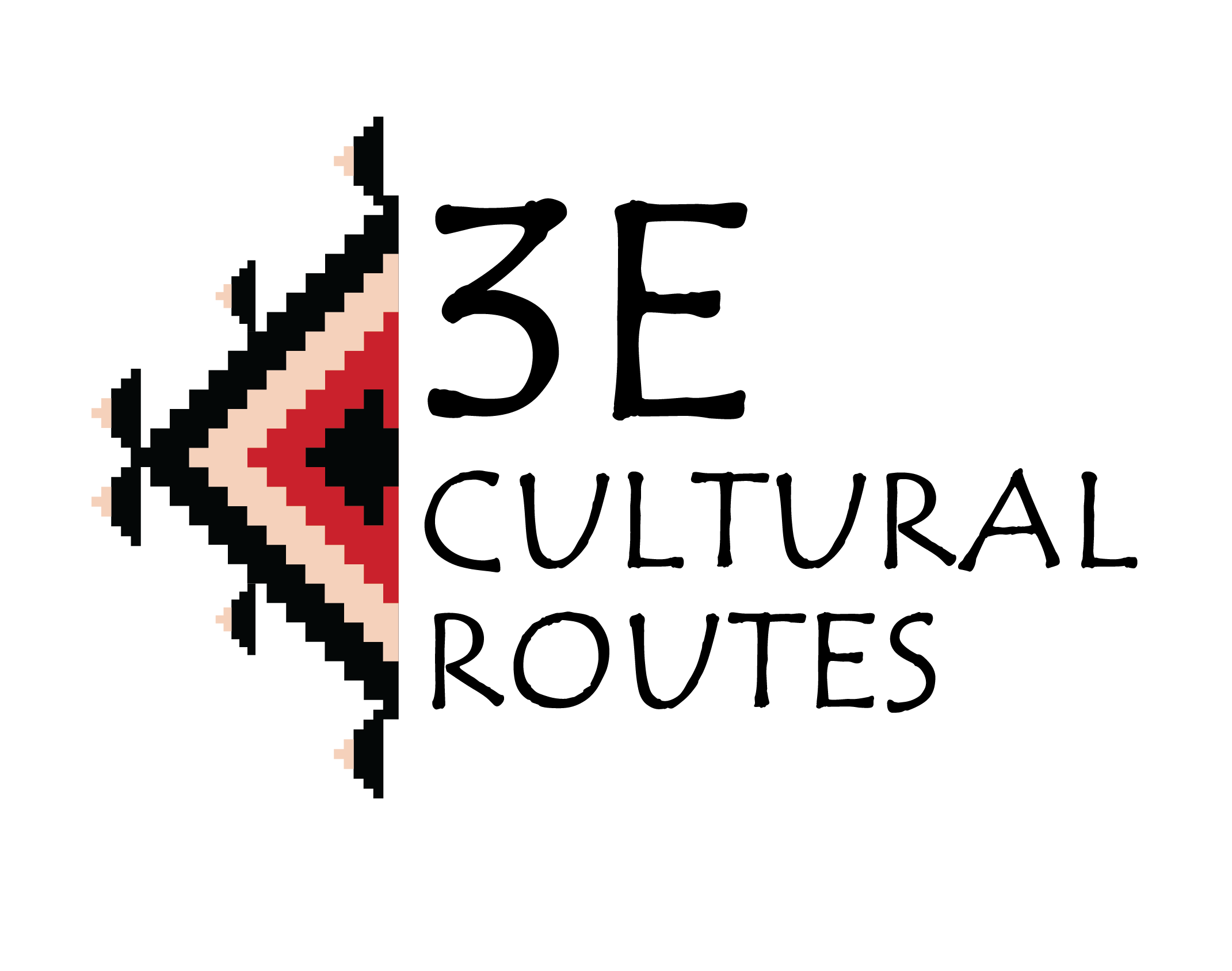For the first time the name of Kavaja was mentioned during the XV century. At that time Kavaja was written Kavalje. Kavaja also lies on the wellknown Roman commercial road Via Egnatia, which also lies through Durrës and Elbasan. During the XVII and XVIII centuries, Kavaja experiences a great administrative movement and becomes a commercial center. Then, the city had twice as many houses as compared to Durrës. A traveler of that time reported that in 1670 the place had 400 houses, 200 shops, the bazaar and the mosques, which were built in 1561, 1589, 1625 and 1652. All four were
destroyed in the 20th century, as a result of some wars and infrastructural changes. Only the Clock Tower remains. Kavaja was known for the processing of pottery, rugs and copper. During the communist regime, Kavaja became an industrial city as well as an agricultural center for the region.

